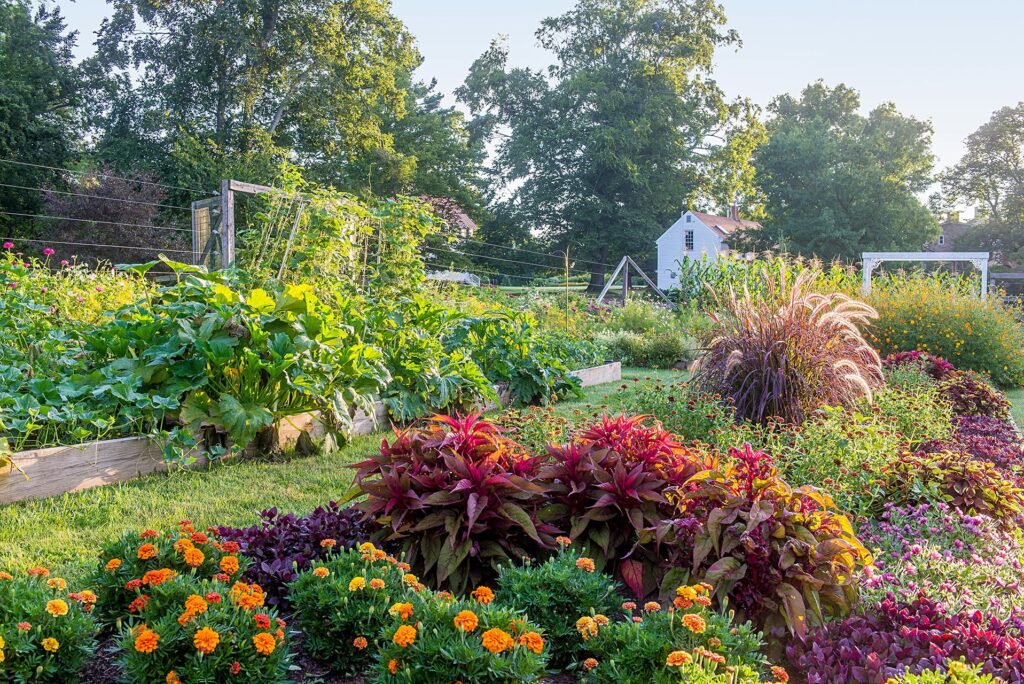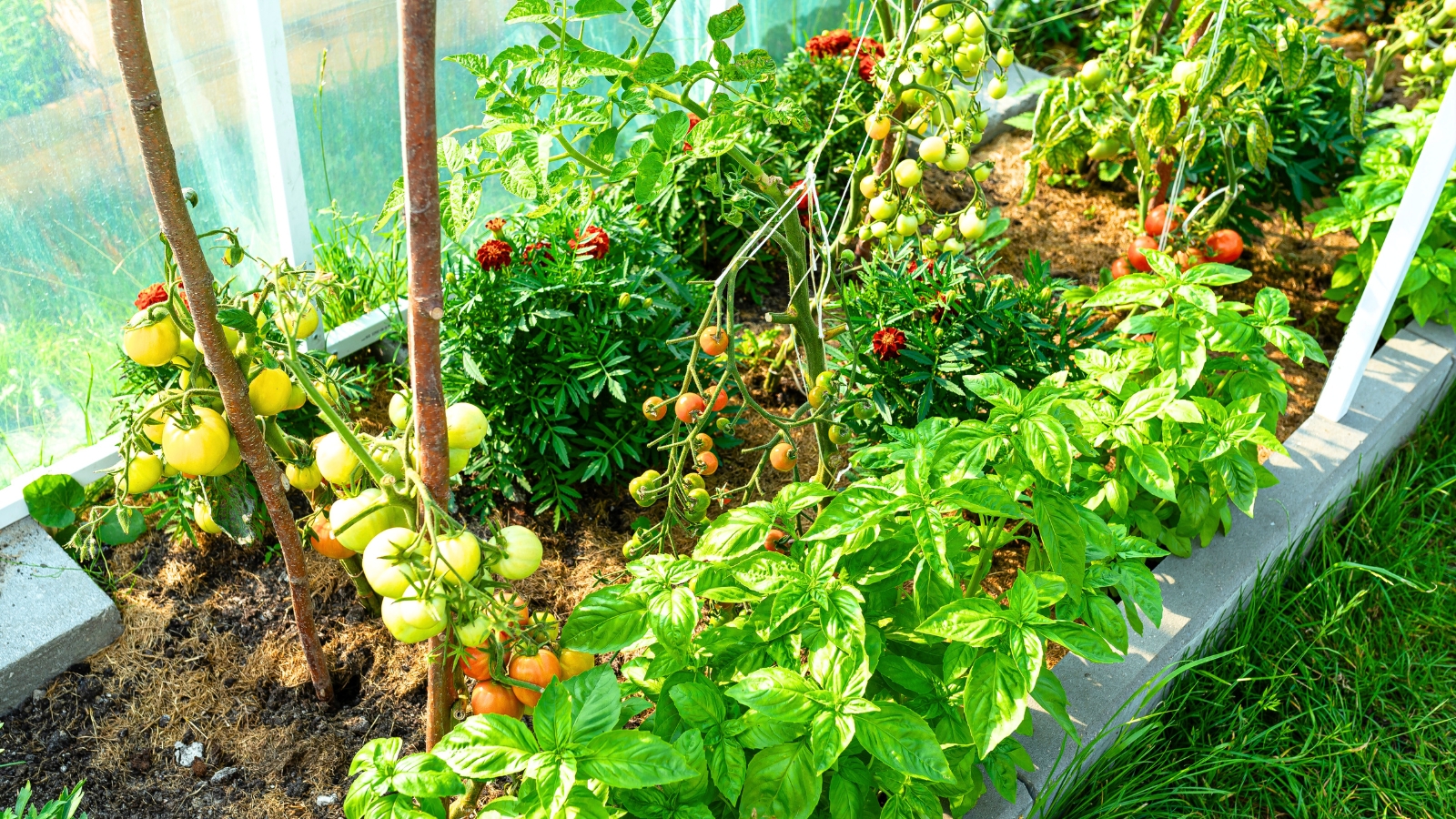Organic gardening is growing your own food naturally—without chemicals or artificial fertilizers. It’s healthy, affordable, and great for the environment. The best part? You can start one right at home, even if you only have a balcony or terrace.
This guide will help beginners in India learn how to set up their first organic home garden using simple tools and local materials.

Why Choose Organic Gardening?
- Healthier food: No harmful pesticides or chemicals
- Better taste: Fresh vegetables and herbs straight from your garden
- Eco-friendly: Less waste and no soil or water pollution
- Low cost: Use kitchen waste to make compost
- Therapeutic: Helps reduce stress and keeps you active
You don’t need a big space or expert knowledge. Anyone can start with just a few pots, sunlight, and regular care.
Step-by-Step Guide to Starting an Organic Garden
1. Choose the Right Space
Look for a spot with enough sunlight.
- Most vegetables need 4–6 hours of sun daily
- Balconies, rooftops, window sills, and even small yards work
- South or east-facing spots are ideal in Indian homes
If your space is shady, grow leafy greens or herbs like coriander or mint.
Also Read Gardening Tools 101: What Every Beginner Needs (Indian Edition)
2. Pick Your Containers
Start small with pots, buckets, or grow bags. You can also reuse:
- Old paint buckets
- Plastic tubs
- Broken crates or cans (make holes for drainage)
Use 8–12 inch deep pots for leafy greens and herbs. Use 12–16 inch deep pots for fruiting plants like tomatoes or brinjal.
3. Use Organic Soil and Potting Mix
Soil is the foundation of your garden.
Ideal organic mix:
- 40% garden soil
- 30% compost (kitchen compost or cow dung)
- 30% cocopeat or sand (for drainage)
Tip: You can buy ready organic potting mix from Indian brands like Ugaoo or TrustBasket, or make your own at home.
4. Choose the Right Plants for Beginners
Start with easy-to-grow, fast-growing plants like:
Leafy Vegetables:
- Spinach (Palak)
- Fenugreek (Methi)
- Amaranth (Chaulai)
Herbs:
- Mint (Pudina)
- Basil (Tulsi)
- Coriander (Dhaniya)
Vegetables:
- Tomato (Tamatar)
- Chilli (Mirch)
- Brinjal (Baingan)
Use organic, non-GMO seeds. You can get them from local nurseries or sites like Organic Bazaar or Navdanya.
5. Water the Right Way
- Water early in the morning or late evening
- Don’t overwater—only when the top soil feels dry
- Use a watering can or recycled bottle for gentle watering
- During summer, check soil twice a day
Good drainage is key. Always ensure pots have holes at the bottom.
6. Make and Use Organic Compost
Avoid chemical fertilizers. Organic compost is rich in nutrients and improves soil health.
You can make compost from kitchen waste like:
- Vegetable peels
- Tea leaves
- Fruit skins
- Dried leaves or garden waste
Start with a simple compost bin or a plastic bucket with holes. Keep turning the waste and add dry material like paper or sawdust.
You can also use:
- Cow dung manure
- Vermicompost (worm compost)
- Panchagavya (natural Indian plant booster)
7. Control Pests Naturally
Use natural methods to keep bugs away:
- Neem oil spray: Mix 5 ml in 1 litre water + 2–3 drops of liquid soap
- Garlic-chilli spray: Boil garlic and green chilli in water, cool and spray
- Buttermilk spray: Controls fungal growth, especially on tomato and chilli
Check plants regularly. Remove infected leaves immediately.
8. Support Growth with Mulching and Pruning
- Mulching: Cover the soil with dry leaves, straw, or old newspaper. It keeps soil moist and controls weeds.
- Pruning: Trim dead leaves or branches to allow better air and light.
This makes plants stronger and more productive.
9. Harvest Smartly
- Harvest leafy greens regularly to promote new growth
- Use clean scissors to cut herbs
- Pick vegetables when tender and fresh
- Don’t wait too long or they’ll turn bitter or tough
10. Be Patient and Learn
Not every plant will grow well at first. Don’t be discouraged.
- Track your garden with a journal
- Learn from YouTube videos or gardening groups
- Celebrate small wins—like the first sprout or harvest!
Best Months to Start Gardening in India
- Feb–March: Good for tomatoes, brinjal, spinach
- June–July: Ideal for chillies, okra, gourds
- Sept–Oct: Great for winter vegetables like carrot, beetroot, and lettuce
Every region has its own seasonal calendar, so check your local conditions.
FAQs: Organic Gardening at Home in India
Q1. Is organic gardening expensive to start?
No. You can start with basic tools, home waste, and a few pots. It’s cheaper than chemical gardening in the long run.
Q2. Can I grow organic vegetables on a small balcony?
Yes. You can grow herbs, leafy greens, and small vegetables even in 4–5 pots.
Q3. Where can I buy organic seeds in India?
Trusted sources: Organic Bazaar, Navdanya, Ugaoo, or local Krishi Vigyan Kendra outlets.
Q4. How do I know if compost is ready?
It will turn dark brown or black, smell earthy, and no longer look like food waste.
Q5. What if pests still attack my plants?
Use neem spray weekly. Keep plants spaced out for airflow. If infestation is bad, remove the plant to protect others.
Final Thoughts
Starting an organic garden at home is a wonderful step toward a healthy and green lifestyle. You’ll not only grow your own vegetables but also reduce waste, save money, and create a peaceful green corner in your home.
Start small. Use what you have. And let your garden grow with you.
Author- Ayush

I’ve been following your blog for quite some time now, and I’m continually impressed by the quality of your content. Your ability to blend information with entertainment is truly commendable.